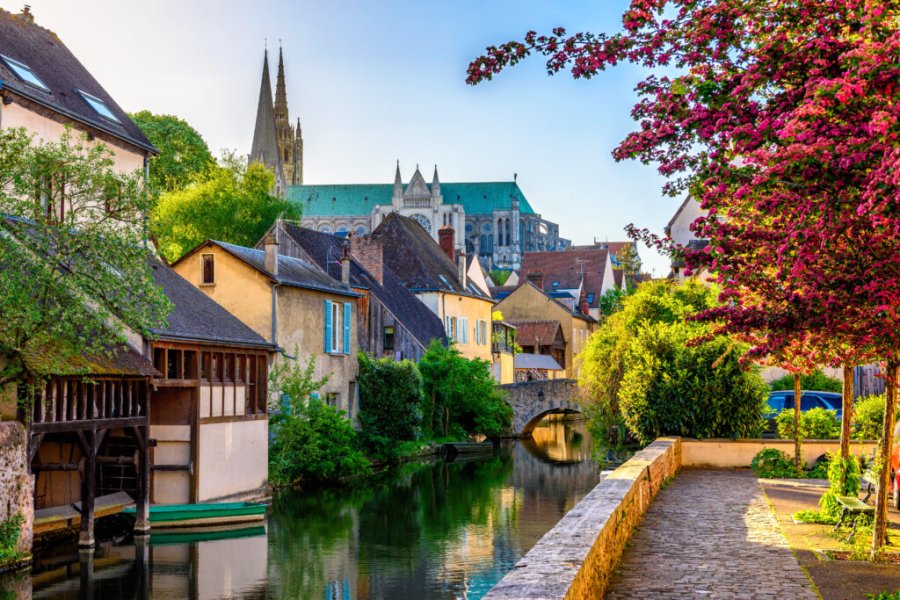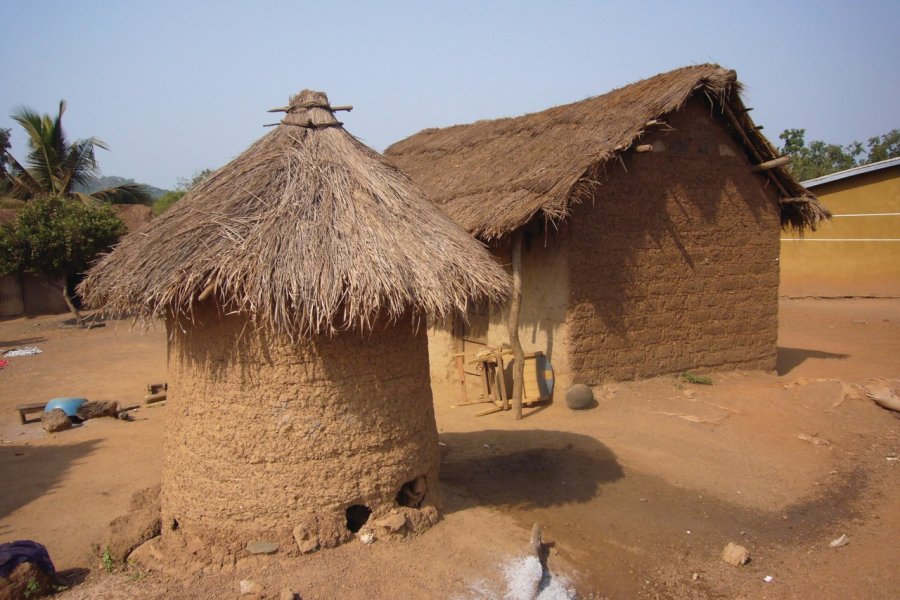Travel Guide Katiola
Find an accommodation
Advertising
Katiola or "City of Hambol", located 50 km from Bouaké on the road to Korhogo, has a population of about 130,000. Its main attraction is the pottery of the women of the Mangoro ethnic group (one of the two main ethnic groups in Katiola, along with the Tagbanas), displayed and sold in the city center, near the market and in the House of Potters. Inaugurated in 2014, it was built by the United Nations for the protection, promotion and empowerment of rural women. In Africa women are generally responsible for domestic and field work while art and crafts are the prerogative of men. The predominant specialty of this rather rare caste of women craftswomen is the canary, a kind of vase in the shape of a gourd that preserves freshness. The most experienced of these potters can make up to forty per day. Katiola also has a professional training center for art and ceramics, which is one of the proudest achievements of the pottery town. Created in 1957, this school has now been enriched by a training course in textile decoration The extraction of clay. The clay that composes them is extracted once a year, in the dry season, in the bush quarries located at the gates of the city. For two to three months, several dozen women work there with picks and dabas. In theory, it is strictly forbidden for outsiders to enter these quarries or to assist in the extraction, as the sites, also high places of ancestor worship, are regularly purified and controlled by the village chief and remain the privileged realm of the women. You can however try to obtain an authorization from the dean to visit the sites. On the spot, the red earth, cut open into pits and dug into galleries, piles up in small heaps, the personal property of each potter, marked and protected by small stone totems and other fetishes supposed to discourage any theft The manufacture of pottery. The manufacturing process itself is as ingenious as it is simple. The clay is placed on a base fixed to the bottom of a sort of large curved dish that the women turn with one hand, while impressing the desired shape on the block of wet earth with the other. Once this basic shape is obtained, they use their own fingers, the woya (a kind of small knife used to refine the contours of the object) and other rudimentary scrapers, as well as various utensils (often even spare parts recovered from the mechanic's shop) to model the contours of the pieces, smooth the surfaces and print regular decorative patterns in hollows on the still wet clay, from which they smooth out with their thumb the edges that are too prominent. In the case of canaries, the surface to be decorated is rolled on a small braided rod, which gives the corded patterns specific to these vessels. Once the object has been shaped, a layer of clay-based paint and a decoction of plants is applied to obtain this particular ochre color. Each piece is then put to dry and covered with straw and placed on an artisanal oven. The dark brown tones are obtained by plunging the container directly into the fire, after which the pottery is glazed and ready to join the others on the stalls of the merchants operating in the city center or in the House of the potters. The firing stage is particularly delicate and full of mysticism: according to a popular belief, when a potter takes her pot out of the fire and sees that it is still black, it is a sign from the ancestors that misfortune is about to strike her family.
Suggested addresses Katiola
Weather at the moment
Advertising
Organize your trip with our partners Katiola
Transportation
Book your plane tickets
Car Rental
Boat rental
Accommodation & stays
Find a hotel
Holiday rental
Find your campsite
Tailor-made trip
Immersion travel
Services / On site
Activities & visits
Find a doctor
Katiola travel inspiration
Find unique Stay Offers with our Partners
Pictures and images Katiola
Other destinations nearby Katiola
100 km away





